Head-to-Head: LibreOffice 4.0 vs. Microsoft Office

Land of 'The Free'
LibreOffice 4.0 was posted last week, and with its announcement, the Document Foundation called v4 "the free office suite the community has been dreaming of for 12 years."
Unless you're a college student or have access to it at work, Microsoft Office 2013 (or Office 2011 for Mac OS X) costs at least $140 per seat, or $220 with Outlook. But why buy the cow when you can get the milk for free? Does Office provide $12 a month worth of value when productivity tools such as Libre (a.k.a. "The Free") Office are available at no cost? Decide for yourself. The CRN Test Center looked at what's new in LibreOffice 4.0 and how some commonly used features compare with those of Microsoft's suites.
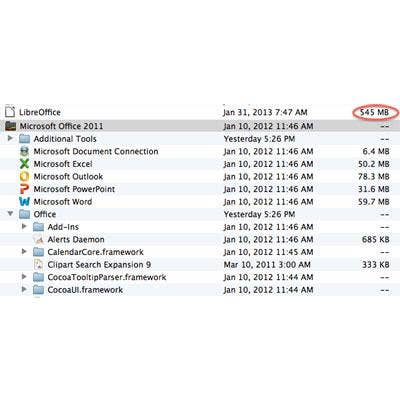
Installation, Footprint
First things first. The installation of Microsoft Office Home and Student, according to its product page, requires about 3 GB of hard-drive space, so downloading will take some time. Conversely, the DMG file for LibreOffice 4.0 for Mac OS X is about 165 MB in size, and downloaded in just a few minutes. Once expanded, the single LibreOffice executable file occupies 545 MB. Office for Mac 2011 consists of more than 14,000 files and occupies 1.35 GB of hard-drive space.
For those that do decide to take LibreOffice for a spin, be sure to read the release notes for some important installation guidelines, particularly when running it on Linux.
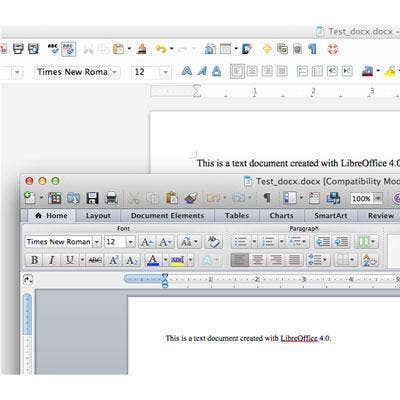
Cutting The Ribbon
If you're like us, you've never cozied up to the menu "Ribbon" that Microsoft introduced with Office 2007. Love them or hate them, menus have served perfectly well since caveman times and you'll have to pry them from our cold, dead hands. Because if the purpose of word processing is to process words, then as much of the application space as possible should be devoted to that purpose, and program features should remain hidden until needed. To do otherwise defies logic. It's also typical Microsoft. Shown here are default word processor windows of Office for Mac 2011 (foreground) and LibreOffice 4.0. Which would you prefer to use?
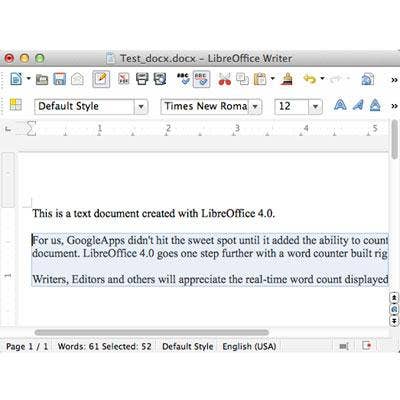
Word Count
LibreOffice's "Writer" word processor has had a word counter in the status bar since version 3.6, but v4 adds the ability to specify word boundary characters for the purpose of counting words. This overrides the previous usage of long- and short-dash characters, which was hardwired and inflexible. As editors, word count is something we in the CRN Test Center use constantly; it's simply a must-have feature. The word processor in GoogleApps didn't hit the sweet spot for us until it added a menu command that counts words and characters in a document. Shown here is LibreOffice 4.0, with its word counter shown in the status bar (as does Microsoft Word).
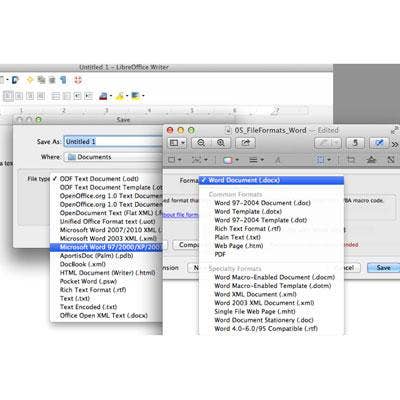
File Compatibility, Formats
Developers of the open-source productivity suite have been hard at work improving compatibility and interoperability between LibreOffice and Microsoft's Office products. While Microsoft focuses mainly on being compatible with itself (foreground), LibreOffice 4.0 adds open formats young and old plus Web, XML and lots of others. Also new in Writer 4.0 is the ability to add comments to sections of text. We tested this feature, which works exactly as it does in Word. And we can report that the comments saved in the LibreOffice document appeared when opened in Word.
What's more, according to the 4.0 New Features and Fixes Page, the free tool also can import Visio and Publisher documents, process native RTF math expressions, and handle ink annotations made with a tablet PC and saved in Microsoft's DOCX and RTF formats. There's also better overall support in v4 for the DOCX format, as well as the XLSX format of Microsoft Excel and OpenOffice's ODS (doubling its file-size capacity to 4 GB). And the suite's Calc spreadsheet module offers loads of new formulas and can reportedly export charts as images and color scales to XLSX format.
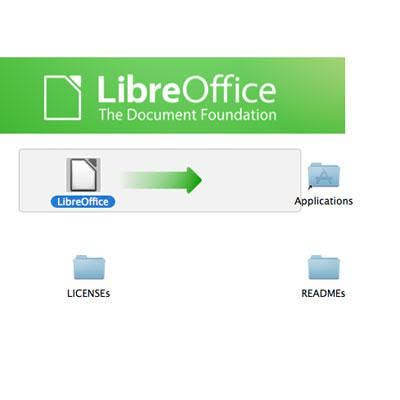
15 Million Downloads
There are scores more new and enhanced features described on the 4.0 New Features and Fixes Page, with something new in every module, including its Impress presentation package, Draw illustration app and Base database. It's also fully integrated with several document management systems and faster now thanks to a streamlined codebase and updates to many core libraries. The Document Foundation must be doing something right. As of December 2012, LibreOffice had racked up 15 million unique downloads, a testament to its stability and utility as a productivity suite that interoperates in a world dominated by proprietary software. With software this powerful just a few clicks and minutes away, why not download LibreOffice 4.0 now and take it for a spin.